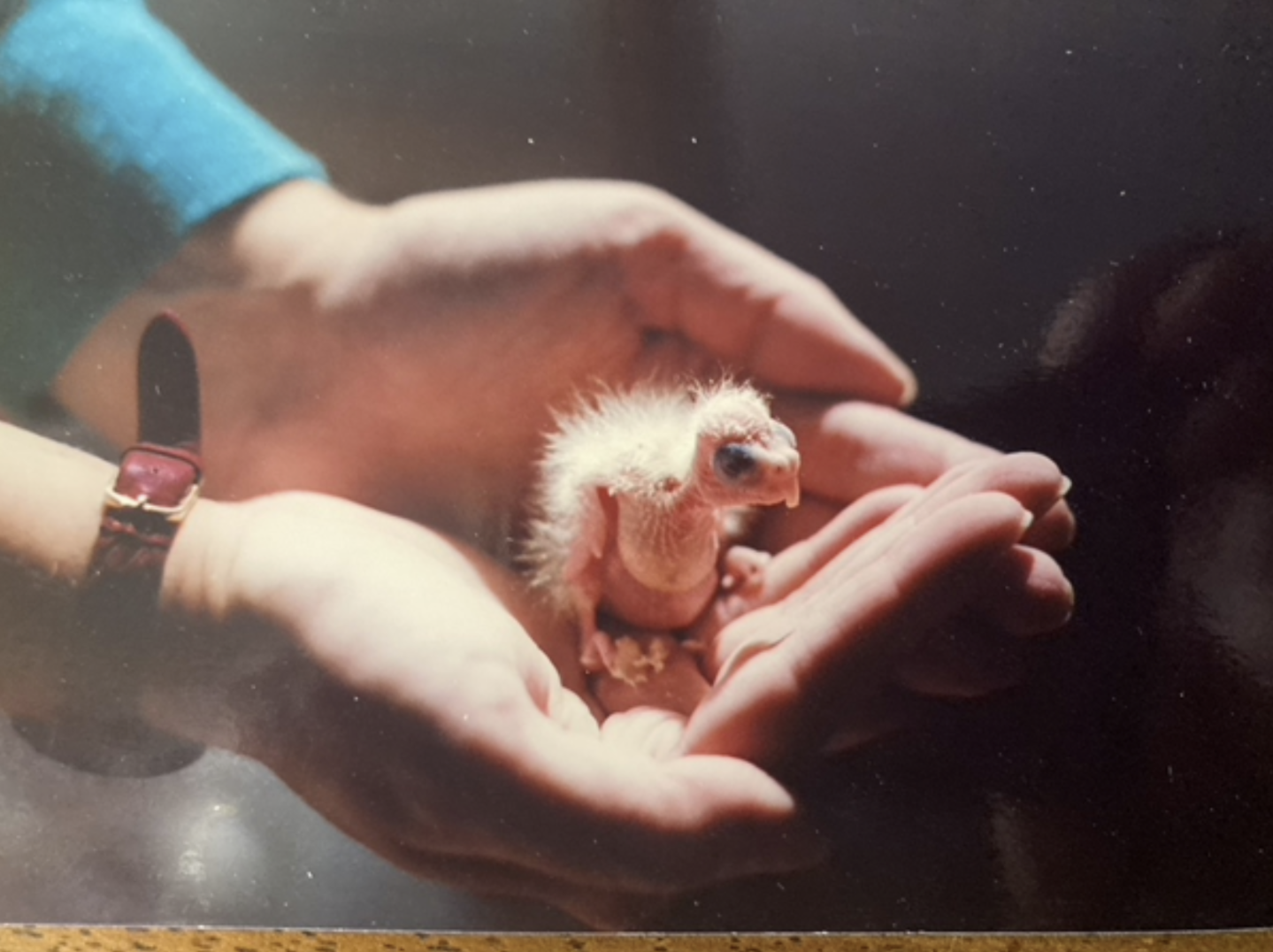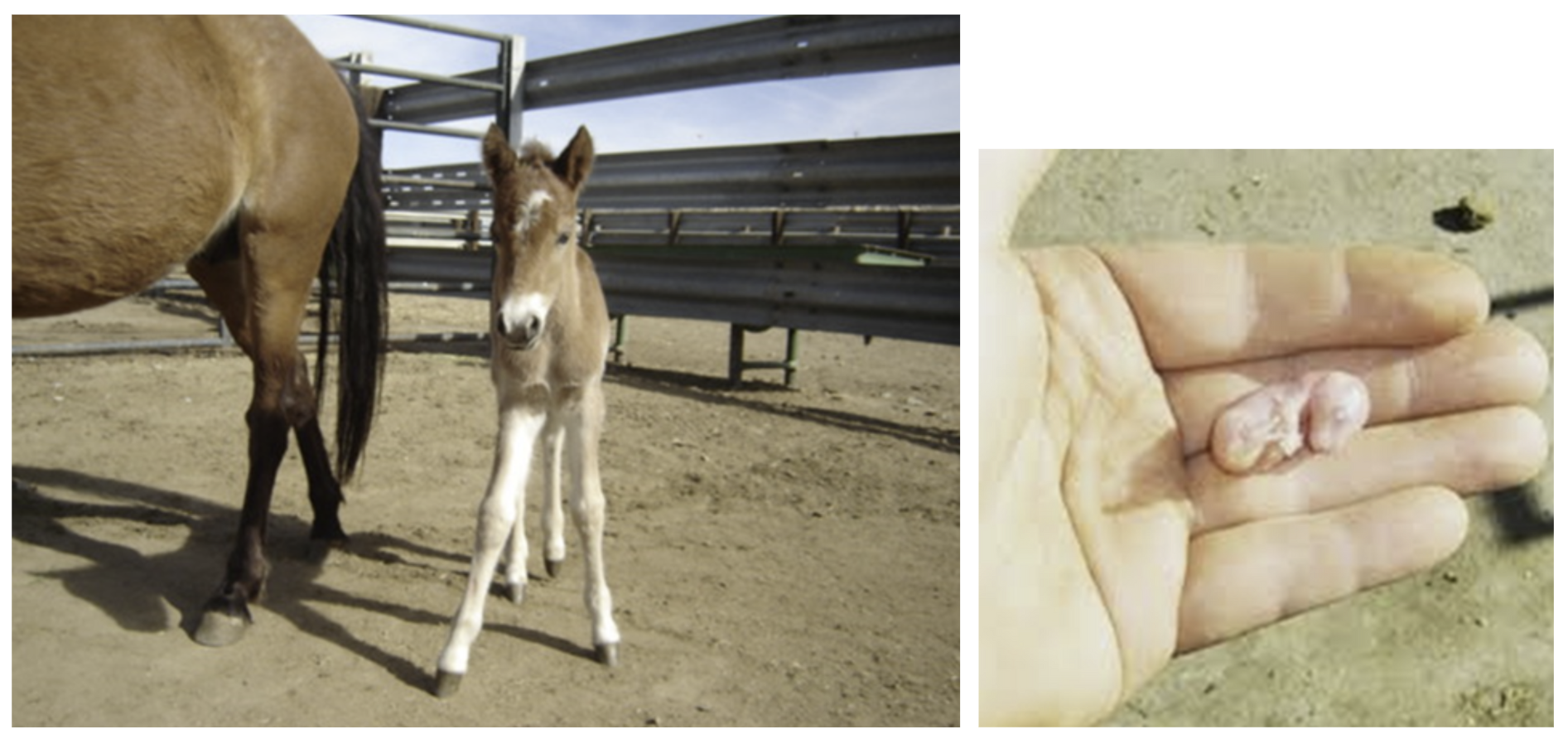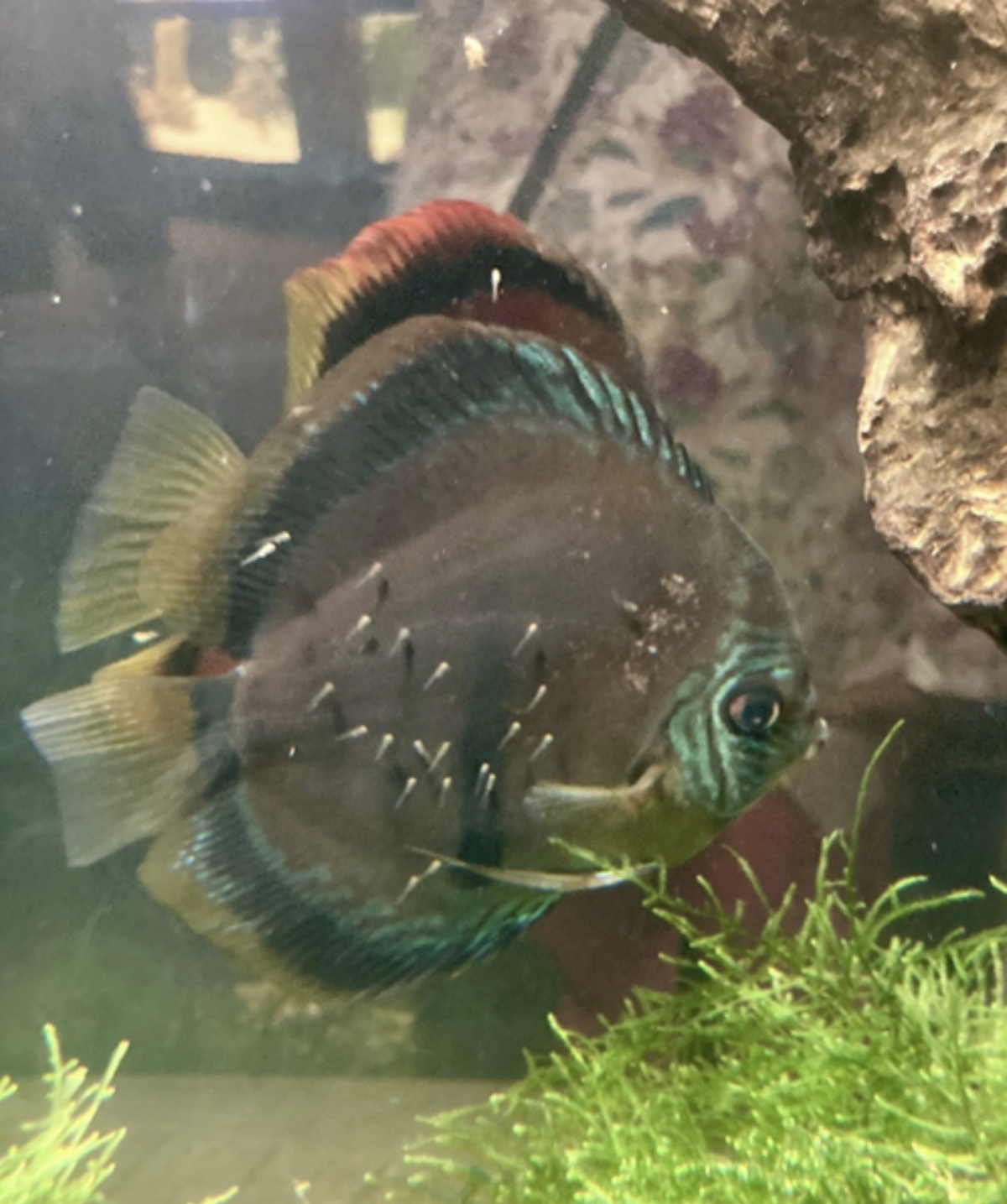Nature, Nurture, and the Mystery of Memory: A Reflection on Life's Early Stages
Columnist Bill Boivin offers much food for thought in the contemplation of created things

In contemplation of created things
by steps we may ascend to God
John Milton, Paradise Lost
Every once in a while, my mind engages in random rumination. Like, why can the term “rumination” mean both contemplation and grazing/chewing? Is it because in one definition you are digesting food to create nutrition but in the other you are “digesting” information to create thoughts and ideas? There’s some food for thought.
One thing I’ve ruminated over is how much the amount of care needed after birth varies throughout the animal kingdom. In larger animals, the “parental care” time varies tremendously: A baby snake or newly hatched turtle needs none whatsoever; a fawn or a foal can walk almost immediately after birth but still needs to nurse; a marsupial or a human newborn is totally dependent for weeks, months, or even years after birth. Kangaroo joeys are an extreme example of a species that would never survive without nurturing. They are extremely tiny and helpless at birth and must find their way into the mother’s pouch, which basically functions as an external uterus for months.

Birds have a vast range of child raising techniques. Many an egg hatches a naked and blind chick that requires food, water, shelter, and warmth from its parents. Others, such as chickens, can be placed into an isolated incubator and will hatch fully feathered, ready to walk and eat on their own, never needing their mother.
Fish are also diverse in their childrearing. Many fish, including sharks, lay their eggs and swim away: their hatchlings are on their own. Some fiercely protect their eggs and their newborn young. (Consider mouthbreeder fish: in response to a threat, all the young dash into their mother’s mouth for protection!) Discus fish “nurse” off their mother’s body slime for weeks.

Even insects have childrearing responsibility ranging from zero to extensive. Many insects drop their eggs and walk away. Some lay eggs and then die in the winter, never to see any of their progeny. Some protect their eggs actively or by passive means. Ever see that foam from spittlebugs? That is a mechanism used to prevent desiccation of the eggs and to prevent predators from eating the eggs. Social insects such as ants and termites have extensive, well organized “daycare” operations. Burying beetles take an extraordinarily active role. They prepare food, protect the brood from invaders and even feed their begging offspring much in the same way that a bird feeds its hatchlings.
This range of parental investment across species makes me reflect on how complex and prolonged human development is by comparison—not just physically, but mentally and emotionally. Unlike most animals, human beings not only require years of care, but also take years to begin forming lasting memories. Why does human consciousness and memory typically not begin at birth, or close to it?
Creation of memories is an interesting thing. Temple Grandin, a world-renowned autistic author, has written extensively about autism and animals. In her book “Animals in Translation” she explains that people think in words, but autistic people think in pictures. Animals also think in pictures. Therefore, she says, all animals are autistic. Grandin writes about her amazing connection to and understanding of animals. With her insight into the animal mind, Temple Grandin has redesigned most of the cattle slaughter houses in the world to minimize animal trauma and pain.
Most people’s memories start around age three. Temple Grandin says this is because that is the age they learn to speak, and all their memories are word-based. They have no prior memories because they had no words with which to process and store them. Autistic individuals’ memories are picture-based, she says, so most people with autism have much earlier memories. Some can even remember the room in which they were born!
Observing the natural world reminds me how astonishingly diverse life is, yet how many threads connect us. Whether through instinct, care, or memory, all creatures are part of a vast, intricate pattern. There's still so much we don’t understand about how we come to be who we are, but the journey of discovery is a beautiful thing – and provides plenty of food for thought!
Bill Boivin is a scientist, retired from 30 years of active duty with the United States Public Health Service. He is a Burlington Town Meeting Member and Conservation Commissioner. He and his wife, Jane, grew up in Lynn and now live in Burlington with their 2 mini dachshunds, 7 chickens, and Maya, a ball python. Bill and Jane have shared a love of nature, gardening, and wildlife for over 50 years. They have fostered, healed, raised, and loved a remarkable variety of animals in their time together. Learn more about Bill.




